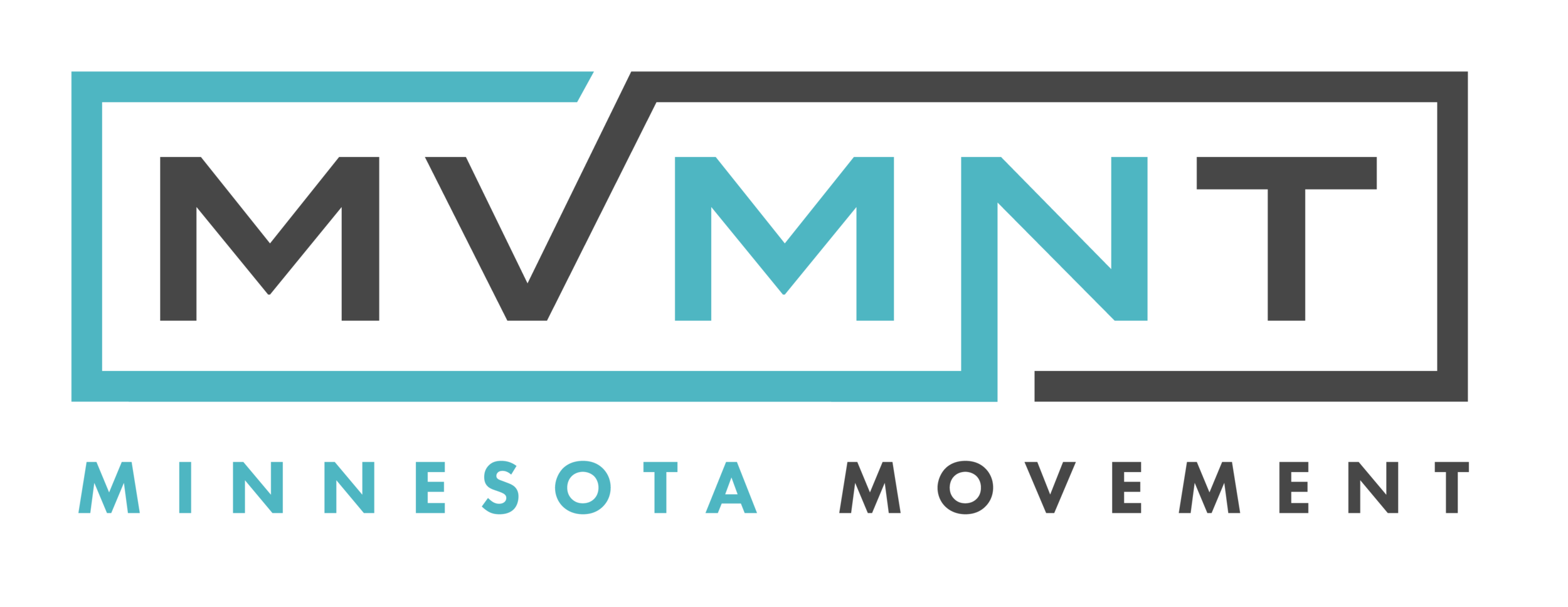Runner’s Knee and Jumper’s Knee
It is difficult to always pinpoint the direct cause of runner’s knee. In its basic form, runner’s knee occurs when that precious cartilage under your kneecap breaks down and is worn to the point where it is no longer protective, causing pain. Or, it can happen because your gait or biomechanics are off causing uneven tracking of the patella and resulting in uneven wear and tear. You may develop it because of an injury but the biggest culprit is overuse. You will notice knee pain during even the simplest activities like using stairs, squatting, and kneeling. So for those of you who live an active lifestyle, pay close attention to your knees.
Self-Care & Prevention Tips for Knee Pain
Our advice to you in order to keep your knee pain in check is to focus on your overall performance. Focusing on the health of your whole system and how you prepare for heavy activity is extremely important for injury prevention. Here are a few more suggestions on how to prevent and treat runner’s knee yourself:
Alignment. When your body is in proper alignment your joints and muscles can move in a normal smooth pattern. Which will help prevent unnecessary stresses onto the knees.
Strength Training. When your body is strong, it puts less strain on your knees. Specifically focus on strengthening your hamstrings and quadriceps. Those muscles will help protect your knees during your physical activity.
Monitor Running Mileage. Keep your running mileage below pain threshold especially if you are starting to experience any amount of pain in your knees. You don’t want to contribute to the biggest culprit of overuse.
Core Exercises. Strengthening your core is not only healthy for your posture, but also for running. Make sure you are pairing core training with your runs.
Stretching and adding in Mobility. This one is a no brainer. You should always stretch and make sure you are warmed up before a run or any other sport.
Frequently Asked Questions About Runner’s Knee & Jumper’s Knee
Is Runner’s Knee the same as Jumper’s Knee?
No — Runner’s Knee involves the kneecap and cartilage, while Jumper’s Knee is an injury to the patellar tendon.
Can chiropractic care help knee pain?
Yes. By improving alignment, addressing soft tissue imbalances, and retraining movement patterns, chiropractic care reduces pain and speeds recovery.
How long does it take to recover?
Mild cases may resolve in 2–4 weeks with proper care, while chronic cases may take 6–12 weeks. Early intervention leads to faster results.
Do I need imaging (X-rays/MRI)?
In most cases, a thorough physical exam is enough. If we suspect structural damage, we’ll refer you for imaging.
Understanding why your knee is irritated or painful is crucial. A thorough movement assessment might include gait analysis, performing a squat, seeing how you’re lunging, or reviewing our patterns going up and down stairs.
What is Runner’s Knee?
Runner’s Knee (patellofemoral pain syndrome) occurs when the cartilage under your kneecap wears down or when improper biomechanics cause the kneecap to track unevenly. It often develops from overuse, misalignment, poor gait mechanics, or muscular imbalances.
Common symptoms include:
Pain around or behind the kneecap
Discomfort with stairs, squatting, kneeling, or prolonged sitting
Clicking or grinding sensations in the knee
What is Jumper’s Knee?
Jumper’s Knee (patellar tendinitis) is an inflammation or irritation of the patellar tendon just below the kneecap. It often affects athletes who perform repetitive jumping or running.
Symptoms include:
Sharp anterior knee pain when jumping, squatting, or climbing stairs
Tenderness below the kneecap
Achy pain after activity or prolonged sitting
How Chiropractic Care Helps with Runner’s Knee & Jumper’s Knee
At Minnesota Movement, we don’t just treat the pain — we identify and correct the underlying cause of knee dysfunction through a full movement assessment, gait analysis, and functional testing.
Our treatment strategies include:
Chiropractic Adjustments (spinal and extremity) to restore alignment
Manual Muscle Therapy to release tight tissues
Active Release Technique (ART) for soft tissue mobility
Instrument Assisted Soft Tissue Mobilization (IASTM) to improve healing
Kinesiology Taping with RockTape® for tendon support
Cupping & Flossing to improve circulation and recovery
Corrective Exercises targeting weak or inhibited muscles
Nutritional Support for tendon and muscle healing
Patient Success Story
“After dealing with months of knee pain every time I would play volleyball or squat, a friend recommended me to see Minnesota Movement. They not only treated the pain but helped me fix my form and mechanics. I’m so glad I found providers who’s approach to care aligns with my needs - I just wish I listened to my friend’s recommendation sooner!”
— Mike R., Minnetonka, MN
Get Back to Running Without Knee Pain
Don’t let knee pain keep you from running, training, or living an active lifestyle. At Minnesota Movement Sports Chiropractic in Excelsior, MN, we’ve helped countless athletes and active adults around Lake Minnetonka overcome Runner’s Knee and Jumper’s Knee.
📍 Conveniently located near Excelsior, Minnetonka, Wayzata, and Chanhassen
📞 Call us today at (651) 447-8898
👉 Schedule Your FREE Introductory Consultation Online




